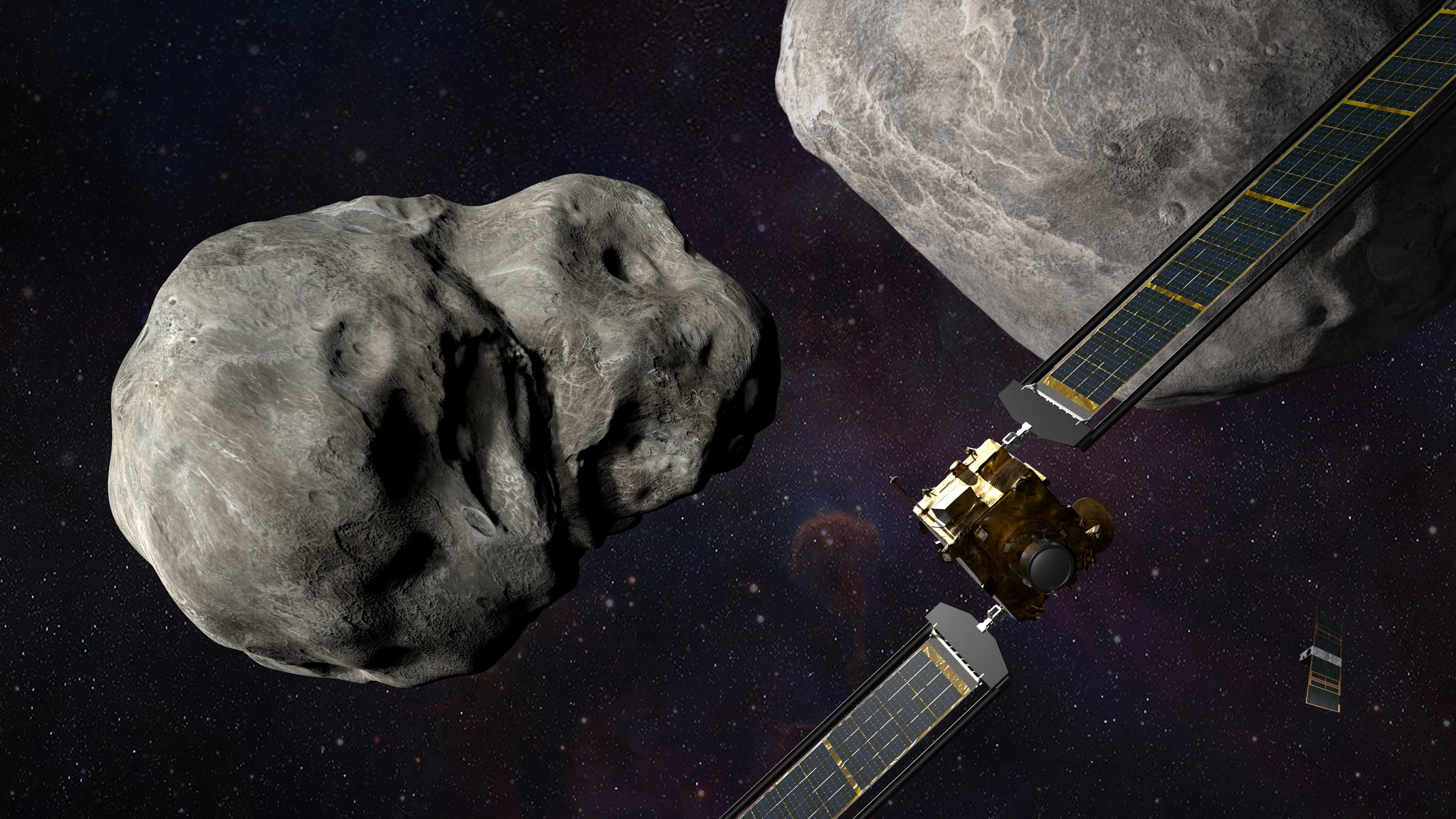A new paper published today in Nature shows that as the climate continues to change, cities can defend themselves not by amassing grain, but simply by making sure the grain arrives from all different places; and that diversity of supply is a safer strategy than size of supply.
In the United States this was highlighted well in 2020, where massive and heavy-handed government social controls, and obviously a global pandemic combined to occasionally leave grocery shelves bare, but also during the period of 2012 – 2015, which included several major droughts and weather events.
However the authors note that food supply chain shocks are increasing in frequency globally, not just in the U.S. Likening a city to an ecosystem’s food web, existing theory states that it would be things like, in an environmental sense, species diversity, that would contribute to the ecosystem’s ability to whether supply-chain (or food chain) shocks.
Alfonso Mejia et al. examined observations of annual food supply to 284 cities in the United States across four food sectors (crops, live animals, animal feed and meat) during a period when moderate to severe droughts were afflicting a large parts of the Great Plains and Western U.S.
The data were used to create a model that explains how a city’s capacity to resist a food supply shock of a certain frequency, intensity and duration correlates with the diversity of its supply chains. Strikingly, boosting this diversity can increase resilience to shocks of mild to moderate severity by up to 15%.
This was between 7% less and half of the variable rate of disruption severity observed in the model, which was between a 22% and 32% disruption, depending on the city’s location, of the flow of food into the city. These were considered ‘100 year shocks’.
“Food businesses and—to a lesser extent, individuals—can voluntarily contribute to a resilient food policy by intentionally favoring a diverse supply chain where possible, and by maintaining slightly larger food inventories in locales that are known to be at higher risk of food shock; for example, southern Utah,” write the authors.
The last twenty years has seen a decline in the diversity of farm ownership and activity in the United States. Farm numbers have declined by 200,000 since 2007, while the average size of farms has increased. Furthermore, despite making up a miniscule number of total farms, large farms account for an incredibly high amount of production.
In an economic time of unprecedent taxation through deficit spending, and low interest rates driving the price of certain stock assets up, inflation is leading men like Bill Gates into the farming industry. The Microsoft mogul was recently named the largest farmland holder in America after his holdings surpassed 260,000 acres in 19 states.
Nearly half of all the crops grown in America are corn and soy. In light of this, diversified supply chains mean cities of the future will need rely on many smaller farms, and perhaps more personal efforts like rooftop farming, allotment gardening, and more.
For example in Paris, the continent’s largest rooftop garden was completed in 2019 for the very purpose of securing supply chains, and reducing reliance upon them.
Forest gardens too could have a role, as the forests’ natural resiliency protects them from shock events like bad weather. Forest permaculture figures like England’s Martin Crawford or Wisconsin’s Mark Shepherd, are changing the idea of what a farm can be, with the former believing they could be the only viable form of mass crop collection available under a situation of 2°C warming.



